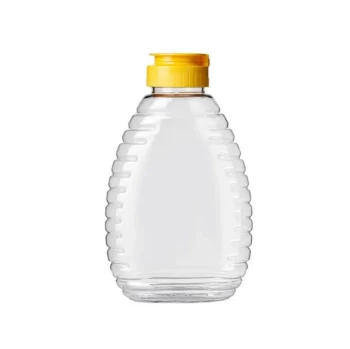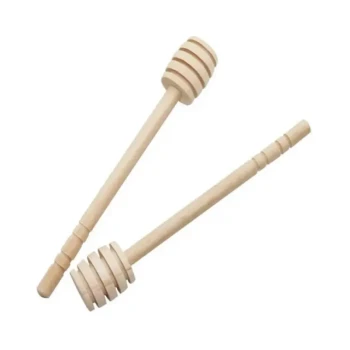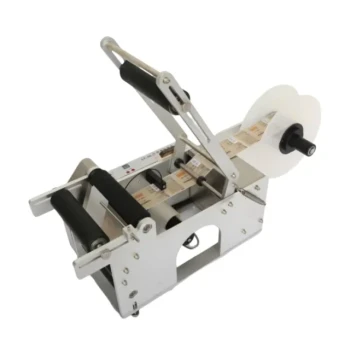For long-term storage, you should avoid using a standard steel container for honey entirely. While food-grade stainless steel is safe and used by professionals, a typical steel or metal can will corrode due to honey's natural acidity, leaching metals into the honey, altering its taste, and rendering it unsafe for consumption in a matter of months.
The central issue is not time, but material compatibility. Honey's low pH makes it acidic, which will corrode most metals. To preserve honey's quality and safety, you must use a non-reactive container like glass or food-grade stainless steel.
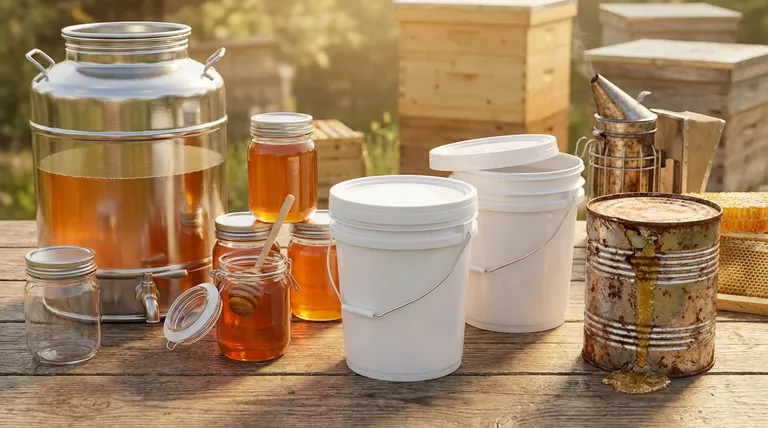
Why Container Material Is So Critical for Honey
Honey is remarkably stable and can last for decades or even centuries if stored correctly. However, its chemical composition makes it highly reactive with certain materials, which is the true threat to its longevity and safety.
The Problem with Honey's Acidity
Honey is naturally acidic, with an average pH level around 3.9. This is similar to the acidity of tomato juice or a soft drink.
This acidity plays a key role in preserving the honey, as it creates an environment where bacteria and other microbes cannot grow.
The Risk of Standard Steel Containers
When you place an acidic substance like honey into a container made of a reactive metal, such as standard steel, iron, or tin, a chemical reaction begins.
This reaction is corrosion. The acid starts to dissolve the metal, causing it to leach into the honey. This will ruin the honey's flavor, introduce a metallic taste, cause discoloration, and potentially introduce an unsafe level of heavy metals.
The Solution: Non-Reactive Materials
To store honey safely, the container must be non-reactive. This means the material will not react with the honey's acid, preserving its purity, flavor, and safety indefinitely.
The two best materials for this purpose are glass and a specific type of steel.
Understanding the Trade-offs: Comparing Storage Materials
While honey itself is incredibly resilient, your choice of container will determine whether it remains pristine for years or becomes contaminated in months.
Glass Jars: The Gold Standard for Home Storage
For long-term home storage, airtight glass jars are the undisputed best choice.
Glass is completely inert, meaning it will never react with the honey or impart any flavors. It's also non-porous, so it won't absorb aromas, and it creates a perfect airtight seal to protect against moisture and contaminants.
Food-Grade Stainless Steel: The Professional's Choice
Food-grade stainless steel is the material of choice for beekeepers and commercial honey processors. It is specifically engineered to be corrosion-resistant and non-reactive.
This material is ideal for the large tanks and equipment needed to extract, process, and store honey in bulk. For home use, it is a safe but often impractical and expensive option compared to glass.
Food-Grade Plastic: A Convenient, Short-Term Option
Many honey products are sold in food-grade plastic containers for convenience. While these are safe, they are not ideal for indefinite, multi-decade storage.
Plastic can be slightly permeable to air and may absorb aromas over very long periods. It is perfectly fine for regular use but for true long-term preservation, transferring the honey to a glass jar is the best practice.
Making the Right Choice for Your Honey
Your storage goal dictates the best material to use. The key is to protect the honey from two things: external moisture and internal chemical reactions.
- If your primary focus is maximum quality and indefinite home storage: Use an airtight glass jar stored in a cool, dark place.
- If you are a producer handling large volumes of honey: Use equipment and storage tanks made from high-quality, food-grade stainless steel.
- If you are simply storing honey for regular use over the next year or two: The original food-grade plastic container is perfectly acceptable.
Ultimately, choosing the right material ensures the honey you store remains as safe and flavorful as the day it was harvested.
Summary Table:
| Storage Material | Best For | Key Consideration |
|---|---|---|
| Glass Jar | Long-term home storage | Completely inert and airtight; the gold standard. |
| Food-Grade Stainless Steel | Commercial/bulk processing | Corrosion-resistant; professional choice for large volumes. |
| Food-Grade Plastic | Short-term, regular use | Convenient but not ideal for multi-decade storage. |
| Standard Steel/Metal | Not Recommended | Corrodes quickly, contaminating honey and making it unsafe. |
Protect Your Honey Harvest with Professional-Grade Equipment
As a commercial beekeeper or distributor, the quality of your honey depends on the quality of your equipment. Storing or processing honey in the wrong container can lead to costly spoilage and product loss.
HONESTBEE supplies durable, food-grade stainless steel tanks and beekeeping supplies designed specifically for commercial apiaries and distributors. Our wholesale-focused operations ensure you get the reliable, non-reactive equipment you need to protect your product's purity, flavor, and market value.
Ensure your honey remains pristine from harvest to sale. Contact our expert team today to discuss your bulk equipment needs and request a wholesale quote.
Visual Guide
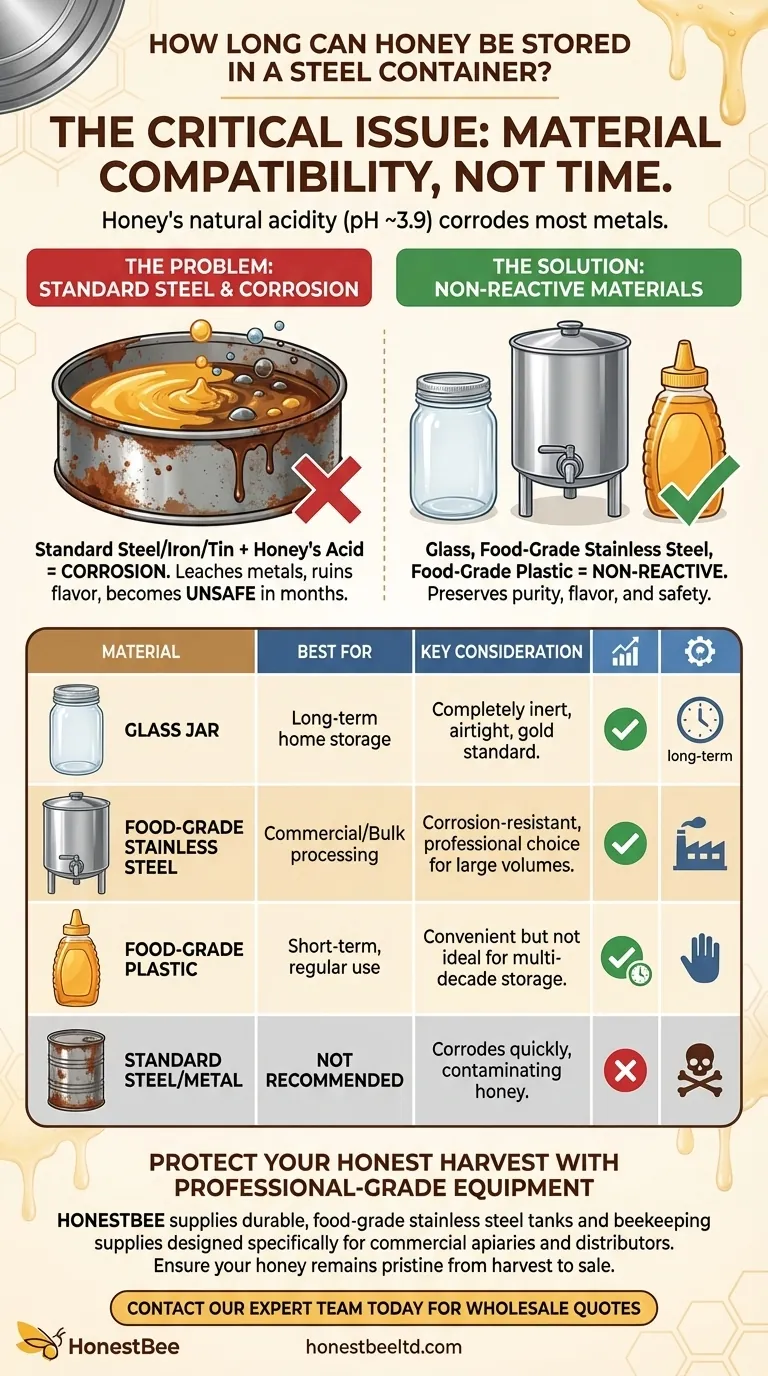
Related Products
- Food Grade Plastic Honey Bucket Pail for Beekeeping
- Squeezable No-Drip Beehive-Shaped Honey Jars with Flip-Top Cap
- Inverted Squeezable Honey Jar with No Drip Flip Top Cap for Easy Pouring
- Stainless Steel Honey Press Wax Press with Tank
- Easy Use Manual Stainless Steel Honey Press for Honey Comb
People Also Ask
- Can we store honey in stainless steel container? A Guide to Safe, Bulk Honey Storage
- How heavy is a 5 gallon bucket of honey? A Beekeeper's Guide to Handling & Measuring
- How long can you store honey in a 5 gallon bucket? Preserve Quality & Safety for Decades
- What are plastic buckets called? The Essential Guide to Plastic Pails
- What type of packaging is used for honey? A Guide to Glass, Plastic & Pouches

